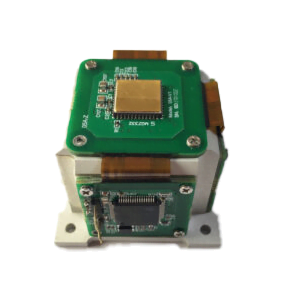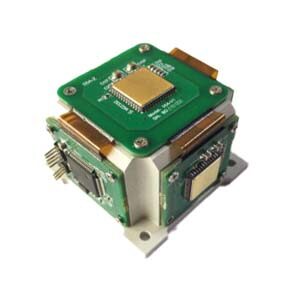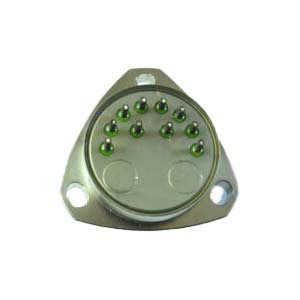Inertial measurement unit (IMU) is a device that measures the three-axis attitude Angle (or angular rate) and acceleration of an object. It is a device consisting of multiple inertial sensors that measure and track motion. The IMU is mainly composed of three inertial sensors, namely accelerometer, gyroscope and magnetometer. Gyroscope and accelerometer are the core devices of inertial navigation system because with the built-in acceleration sensor and gyroscope, IMU can measure the linear acceleration and rotation Angle rate from three directions, and obtain the information such as the attitude, speed and displacement of the carrier through solving.
The accelerometer can measure the acceleration of the object, that is, the rate of change of speed. By detecting the acceleration of the object on the three coordinate axes, the direction and speed of the object can be calculated. The accelerometer will respond to gravity according to its orientation, with good long-term bias stability and long-term accuracy, but will respond to linear vibration, which will show up when Angle estimation is made, sometimes requiring filtering, which places a burden on other aspects, or sometimes the vibration is too high outside the accelerometer measurement range, which completely destroys the Angle estimation. Due to the range and accuracy requirements of inertial measurement and test systems in aerospace and aviation, the ER-QA-03A high-performance quartz accelerometer has a deviation repeatability of 10-50ug, a scale factor repeatability of 10-50ppm and a Class II nonlinear repeatability of 10-30μg/g2. High reliability. It can perform static and dynamic tests and is a standard vibration sensor. The gyroscope can measure the angular velocity of the object, that is, the rate of change of the Angle, and by detecting the angular velocity of the object on the three coordinate axes, the direction and rotation rate of the object can be calculated.
The gyroscope does not have a first-order response to the linear vibration, but because it integrates the output value, any bias error is converted to a drift in the Angle estimate. The basic adjustment space of any system is the use of such sensors as the fundamental starting point, the long-term stability of the accelerometer is good, but is susceptible to vibration, and the gyroscope is not susceptible to vibration, and the long-term stability is poor, which will cause the estimate to drift faster. Used in high performance IMU/AHRS and navigation-grade MEMS weapon systems, the high precision navigation MEMS gyroscope ER-MG2-300/400, with an advanced, differential sensor design rejects the influence of linear acceleration, enables to operate in exceedingly harsh environments where shock and vibration are present.It is available in a hermetically sealed ceramic LCC surface mount package and is capable of measuring angular velocity up to a maximum of ±400°/s with digital output compliant to SPI slave mode 3 protocol. Angular rate data is presented as a 24-bit word.
The magnetometer can be used to test the strength and direction of the magnetic field, and locate the orientation of the device, which is similar to the principle of the compass, and can measure the Angle between the current device and the four directions of the southeast and northwest. Magnetometers measure the magnetic field around an object and use the direction of the Earth's magnetic field as a benchmark to determine the direction of an object in space. At the same time, magnetometers can also be used to compensate the measurement errors of accelerometers and gyroscopes.
With the progress of microelectronics technology and micromachining technology, inertial sensors have emerged and gradually become the first choice in the field of inertia in the world. The identification of accelerometers and gyroscopes used in IMU is particularly important.
More Technical Questions
1.What Does IMU Mean for A Drone
3.IMU Based on MEMS Technology
4.What are the advantages of MEMS IMU?
5.The Difference Between Gyroscope, Compass, IMU, MEMS
6.Internal Structure Analysis of IMU
Products in Article







